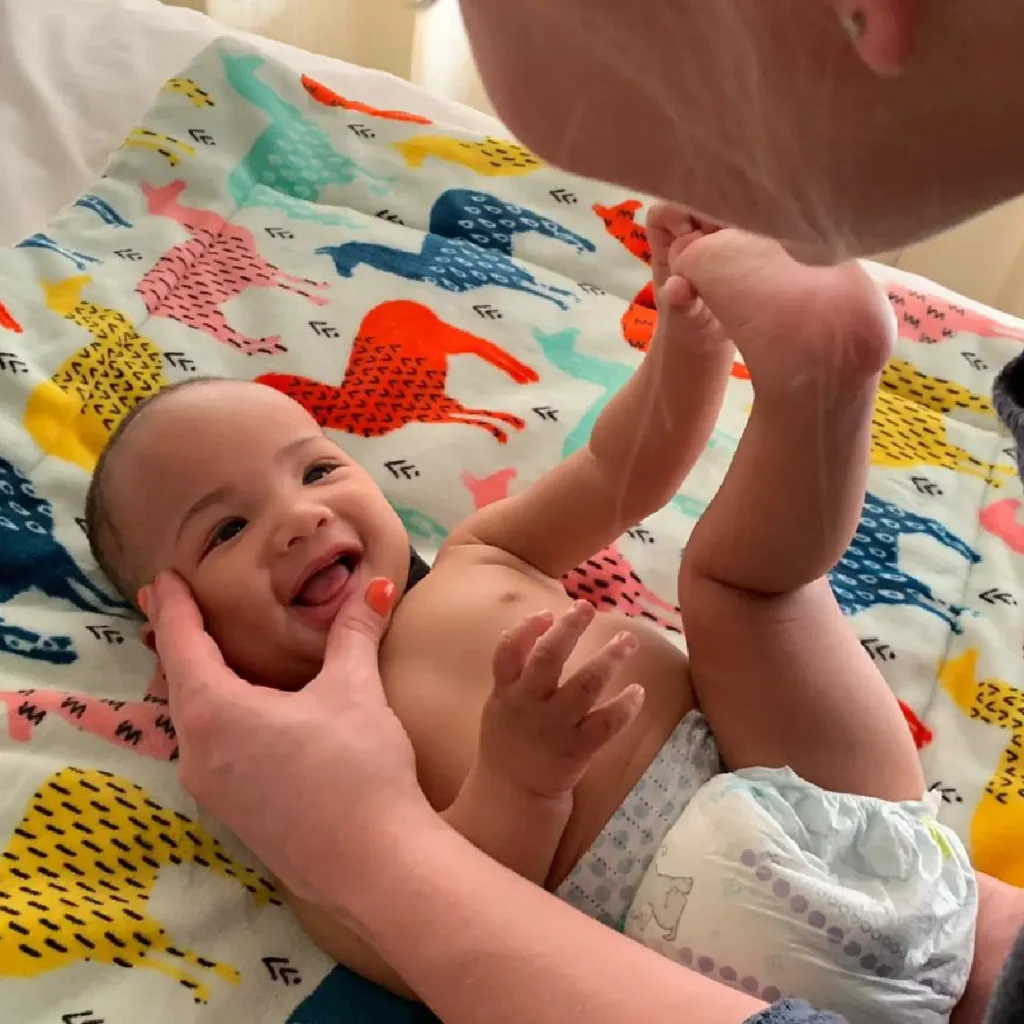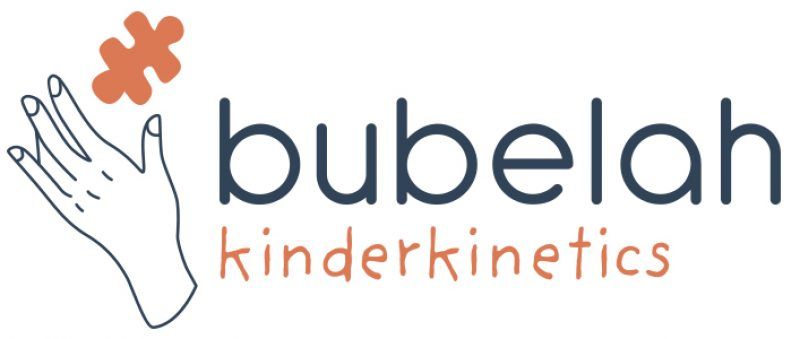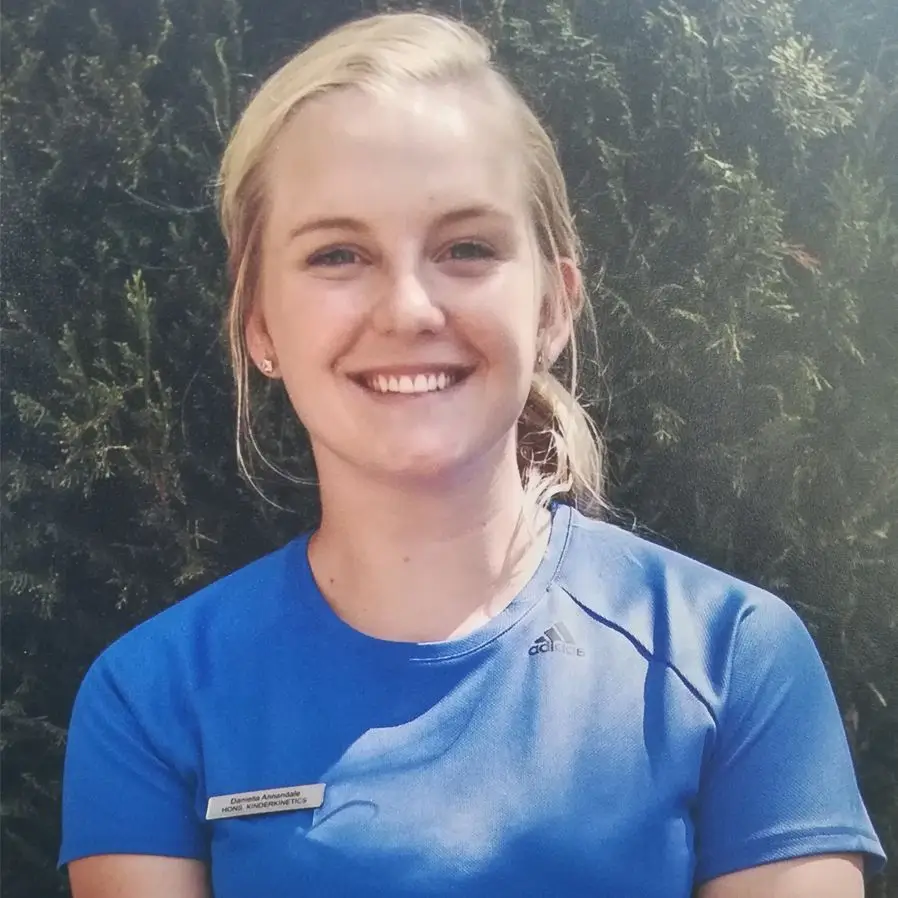Did you know that there is movement in utero as early as 12-15 weeks of pregnancy?
Reflexes are the first form of human movement and it plays a vital role in the development of motor control. Movements such as stretching, yawning, breathing and eye movements anticipate postnatal movements. When a baby is born most their movements are reflexive movements. These involuntary reflexes are used to assess the baby’s immediate health after birth as well as an indication of their cerebral cortex development (Health of the baby’s nervous system).
As we get older reflexes become integrated, which means the once involuntary actions become voluntary. An example of such a reflex is the “Rooting reflex” which is present from birth. This is seen when the baby responds to a light stroke or touch to the cheek or lips by turning the head to the side in search of the nipple in an attempt to breastfeed. “Practice makes perfect” as breastfeeding is not always an easy task for an infant as sucking, swallowing and breathing is a skill of its own. By 4 months of age, the rooting reflex will be integrated and the baby’s feeding will become less reflexive and more directed. Pacifying behaviour will also occur when a baby comforts themself by finding their thumb or fingers in their mouths.
Age-related motor development allows us to perform more refined and sport-specific movements as we grow older. Kinderkinetics as a form of therapy assists in the development of these developmental skills through age and task-specific movement programs specially designed to promote optimal development.
Please read more about these available programs on my website Bubelah kinderkinetics.


